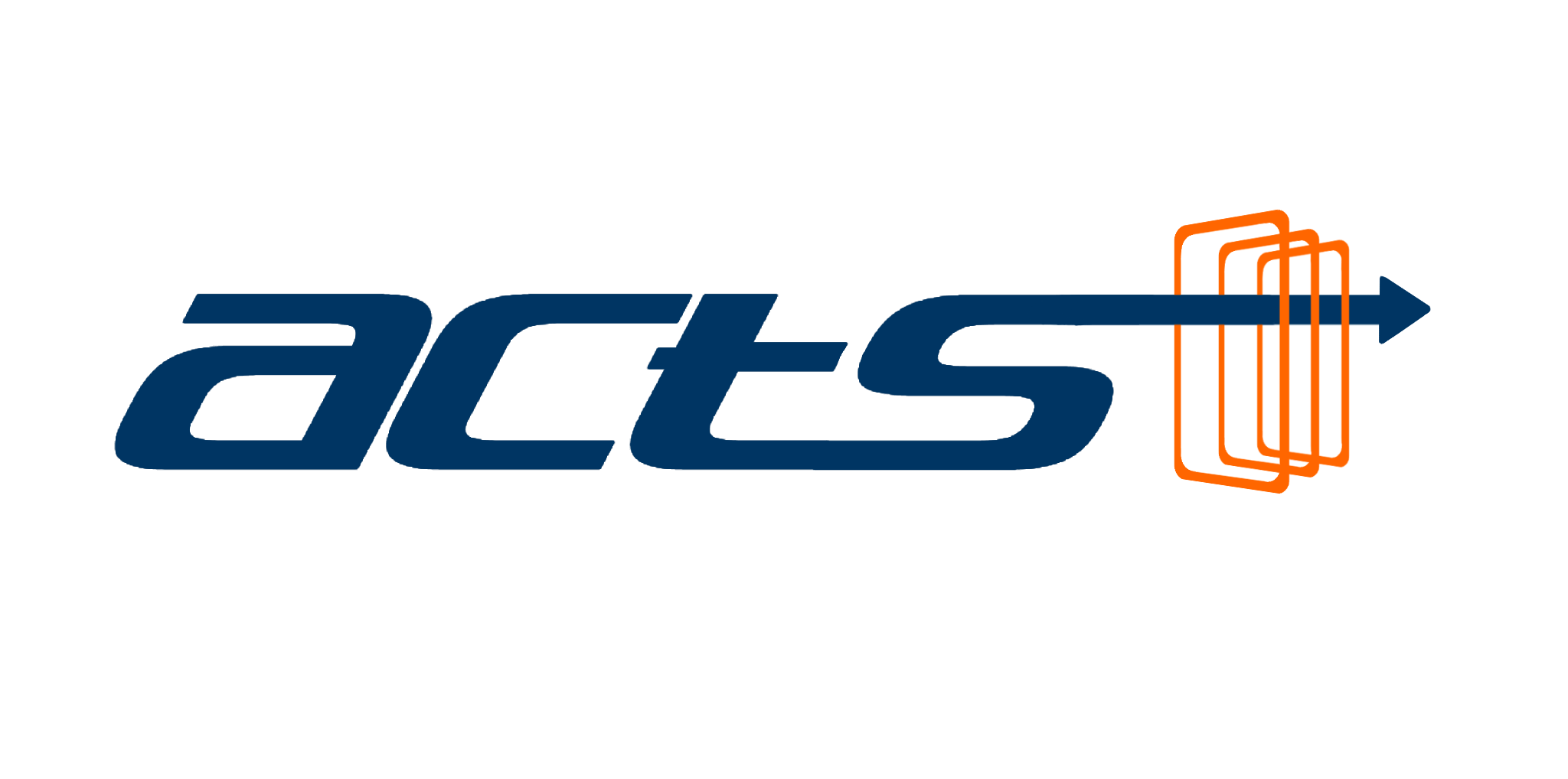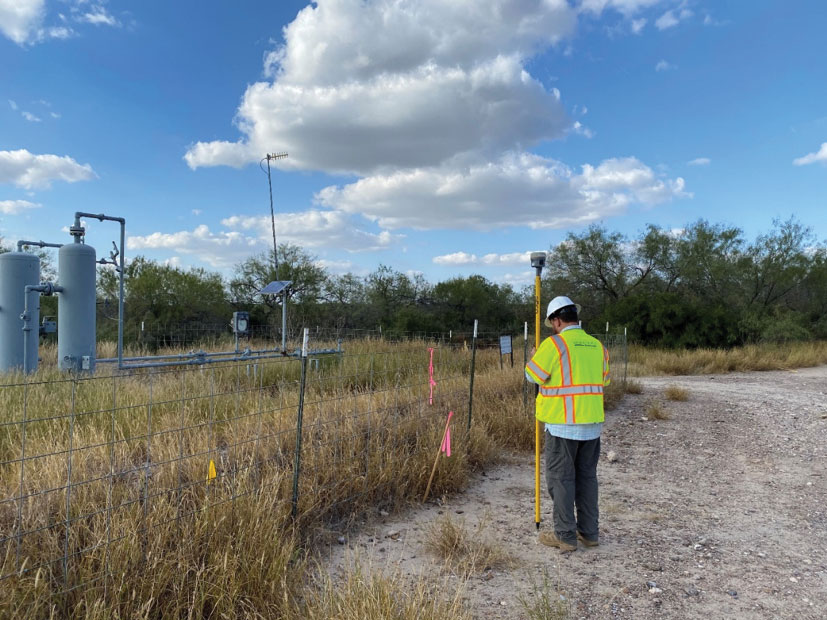By Glenn Fox, Horrocks Engineers
For Subsurface Utility Engineering (SUE) providers, identifying utility & pipeline owners on large-scale projects can be challenging. Although SUE providers can work with Texas811 to gather owner information, there is not a specific tool designed for this task. While the current survey/design ticket locate request can often assist engineers with getting underground facility locations, it does not directly address the needs of SUE firms.
Recent presentations by Texas811 damage prevention managers to industry associations, including at the quarterly meeting of the Utility Engineering and Surveying Institute (UESI), have demonstrated that Texas811 recognizes the gap in the survey/design ticket system. Even now, Texas811 is working to develop a specialized “design” ticket that will meet the needs of SUE providers, but until that ticket is released, it is imperative that SUE providers, Texas811 and regulatory agencies work together to supplement the current process. Per Tina Sanders, Texas811, “Working closely with SUE firms like Horrocks is one of many ways Texas811 can help cultivate communication, damage prevention and public safety.”
The SUE project detailed in this article illustrates how Horrocks Engineers established relationships with Texas811 and the Railroad Commission of Texas (RRC), successfully working together to identify facility operators within the scope of the project as well as how our staff overcame challenges of working in a harsh geographical environment.
Coordinating Utility Identification
Beginning in September 2020, Horrocks started performing Quality Level B, C, and D services for a 17-mile corridor project in the southwest part of the state. In addition to remote locations and unfriendly terrain, the projects’ complexity included collaboration with more than 15 utility and pipeline operators and multiple oil/gas well owners. Working with numerous public and private entities, many private landowners and a variety of utility owners increases the complexity of any project, making communication and teamwork paramount for successful project delivery. This project required collaboration between Horrocks’ internal departments, several other firms on the team providing professional services, Texas811 and the Railroad Commission of Texas to accurately determine facility ownership. With so many utility and pipeline owners, the help of these agencies was key in acquiring records in a timely manner.
With member pre-approval, Texas811 provided our firm with contact information for franchise utility owners, and the RRC directed us to information about well owners, which is not easily found. This allowed staff to start requesting utility record research and determining oil/gas well ownership, some of the most important tasks of the project.
Overcoming a Harsh Environment, Undocumented Utilities, and Poor Record Drawings
This project not only presented coordination and communication challenges, it also encompassed some rugged terrain. The project corridor had many areas that were heavily overgrown and included blind, steep drop-offs. The crews encountered a variety of wildlife, including snakes, deer, hogs and mountain lions, as well as the hunters themselves. We used a variety of SUE equipment and technologies to overcome project challenges and successfully identify utilities:
- A drone to capture images of inaccessible areas
- A pole camera to analyze storm pipe integrity
- An app (used mainly for hunting) to supplement loss of cell and/or GPS signal and aid the documentation of field notes and electronic field sketches
- Electromagnetic locating equipment to sweep for private and unrecorded utilities
- GPS
GIS-grade record drawings can be deceptive and are often left to various interpretations. Several facility owners on the project provided record drawings in this fashion, including most of the communication owners. These drawings almost always required significant field investigation to determine if the depicted location was correct or not. Our crews were able to accurately map the various utilities shown in this format, in some cases with the assistance of owner representatives who are familiar with the area and could provide information not found on record drawings. These resources and further coordination with several state and governmental agencies allowed our firm to identify a variety of nontypical structures and unmarked utilities.
The project included a variety of nontypical structures and unconventional utility line placements, such as pipes on top of the ground or partially buried; an aerial water line; and numerous oil/gas well structure types (including plugged and abandoned wells), some buried and some exposed. A number of facilities were not shown on record drawings, including oil/gas flow lines from a well to a tank battery or to a gathering line, many private water lines for irrigation and livestock usage, numerous secondary electric cables and several unknown conductors. Recovery and monitoring wells (private), a private force main, and fiber cables were also mapped. Two large sewer lines crossing the corridor and each other were critical to utility investigation because gravity systems are more challenging to design around. The GIS-grade drawings provided by the owner were incomplete. Horrocks’ crews investigated structures on both lines to accurately connect the manhole locations so conflicts could be addressed.
SUE adds significant damage prevention and risk management value to infrastructure projects. Commenting on this phenomenon, Horrocks’ Project Design Manager Kevin Cox shared the value of SUE for utility design work and overall project outcomes: “Advanced utility investigation repeatedly proves valuable for project owners. By first converting incomplete utility records into survey-quality data, design firms can produce accurate designs and coordinate utilities with confidence, saving time, money, and headaches along the way.”
“SUE plays an important role in preventing underground infrastructure conflicts, so we are fortunate to have many providers participating in Damage Prevention Council of Texas (DPC) meetings and events.” says Ms. Sanders “DPC meetings provide valuable opportunities for SUE firms to establish relationships with other various industry stakeholders across Texas and ultimately educate others on the value of damage prevention through design.” Look for ways to work with and support the DPC of Texas by visiting our website at: www.DPCofTexas.org
Glenn Fox is the North Texas SUE Manager for Horrocks Engineers. He can be reached at 469-444-8050 and at glenn.fox@horrocks.com.
Tina Sanders is the North Texas Damage Prevention Manager for Texas811 and Secretary of the non-profit Damage Prevention Council of Texas. She can be reached at 469-595-1357 and at tinasanders@texas811.org.

